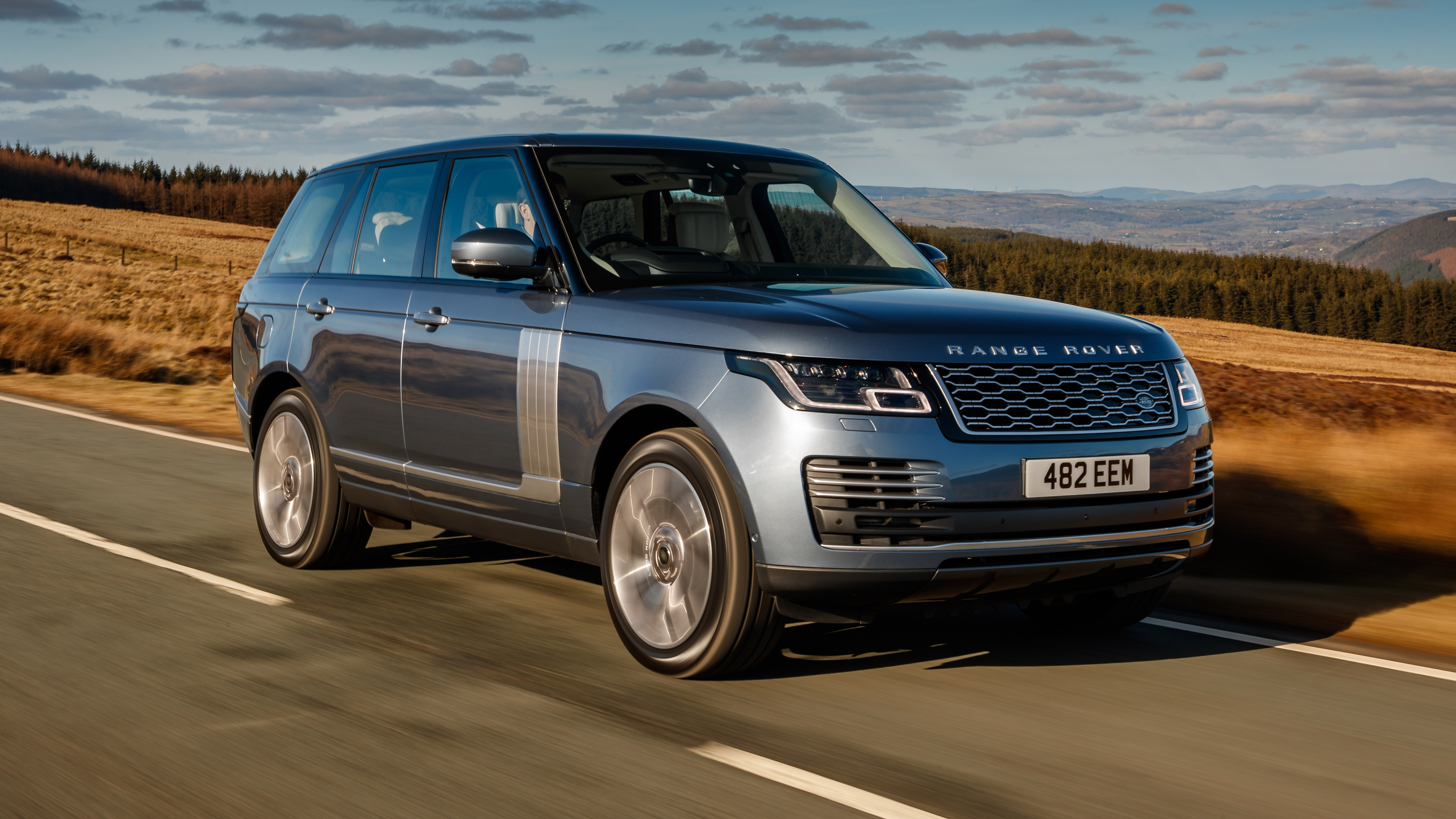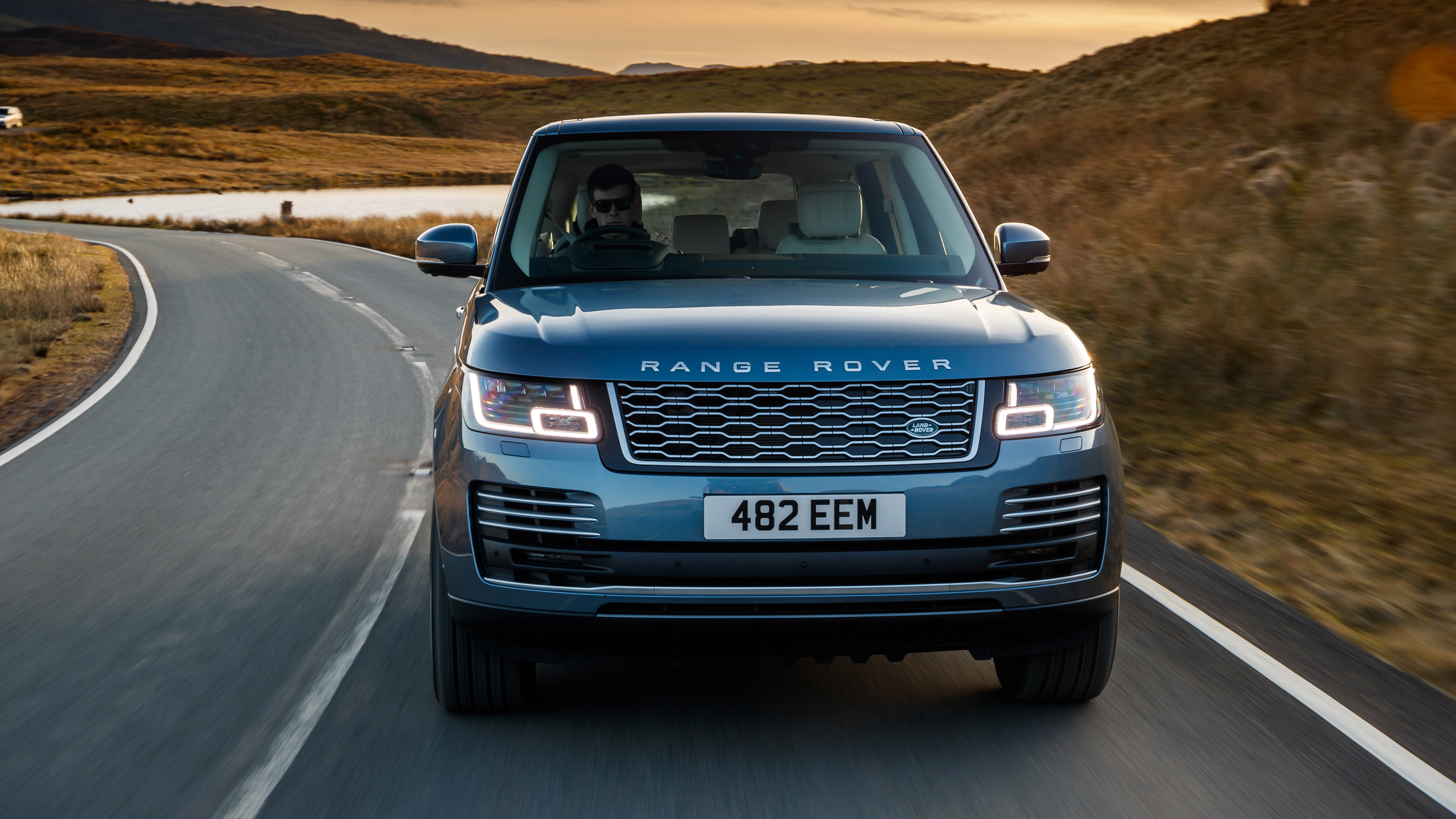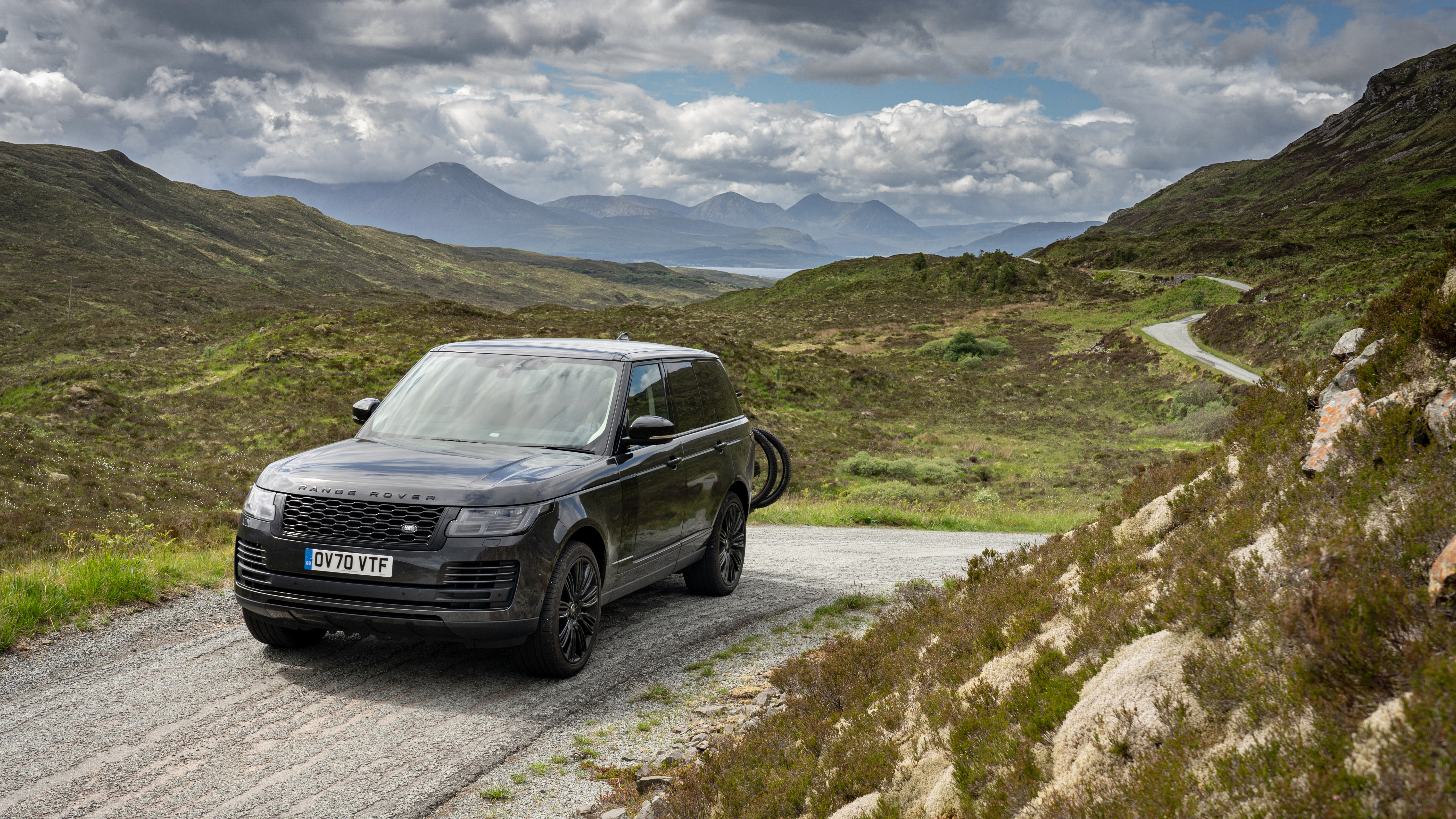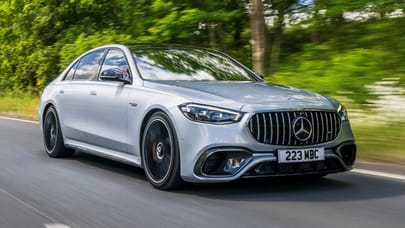
Good stuff
It’s basically a Bentley crossed with the off-road ability of a tractor
Bad stuff
A long way from cheap, not much else
Overview
What is it?
Arguably the definitive luxury SUV. Frequently imitated, but rarely bettered or even equalled, the Range Rover has been around since 1970. Over fifty years now, and it’s still only in its fourth generation. Admittedly the fact the first-gen (later known as the ‘Classic’) lasted for more than two decades skews that figure a bit.
The current car was launched in 2012 and is due for replacement at the end of 2021. It debuted a new aluminium monocoque that cost the company a rumoured billion quid to develop. So even though it’s bigger than the car it replaced, it’s substantially lighter – which means faster, more efficient and tangibly better to drive. And with the 2018 facelift came even more efficiency, thanks to the introduction of the P400e plug-in hybrid, which pairs a 296bhp, four-cylinder petrol engine with a 114bhp electric motor for 64g/km of CO2, a claimed 101mpg and 31 miles of all-electric range.
An electrified Range Rover?
Not fully, but the P400e replaces the SDV6 Hybrid (a conventional, non-plug-in hybrid with the 3.0-litre V6 diesel and a small electric motor) in the line-up, but V6s and V8s in petrol and diesel (with up to 557bhp for the flagship, 5.0-litre supercharged V8 petrol) remain available. All are linked to an eight-speed automatic gearbox and all-wheel drive with the deeply clever ‘Terrain Response’ technology that gives the Rangie its peerless off-road ability.
What about rivals?
Nowadays the Rangie doesn’t just compete with other big SUVs such as the Bentley Bentayga, Mercedes GLS, Aston DBX, Porsche Cayenne and BMW X7, but conventional luxury saloons such as the Mercedes S-Class. It has to rival those cars – traditionally their makers’ technological flagships – on every level. For the facelift a couple of years ago JLR added the dual-touchscreen infotainment setup as debuted in the Range Rover Velar, ‘Pixel’ headlamps with 144 LEDs and four laser diodes each for more than 500m of visibility and much besides. New front seats that are adjustable up to 24 (!) ways and the option of ‘Executive Class Seating’ for rear-seat passengers.
Exterior changes included a new grille and bumper, with larger vent blades. At the side the lower accents and vents were reworked, while at the rear the updated bumper features integrated tailpipes across all derivatives.
What it doesn’t have is an anti-roll system to prevent it lurching and rolling through corners. Most rivals do now, and it’s transformed the way they drive. Without it, the Rangie feels slightly ungainly and ponderous compared to the likes of the Bentley Bentayga. It’s not a car that likes to be hurried across country – even if it has the supercharged V8 huffing away up front. Instead it likes to be poured into corners and then unwind itself steadily before charging off down the next straight. And compared to rivals, it’s not that hard a charger these days. But then there’s always the Range Rover Sport SVR if that’s your plan.
Far from it, I want peace and quiet.
A Range Rover is more dignified and so even though the driving experience isn’t as crisp as rivals, it’s still a very pleasant way of watching the world go by. The best way to describe it is that it has a good gait. It takes big strides, churning through distances easily and calmly. The ride is exemplary, as is refinement – you hear some engine rumble, but it’s distant and somehow reassuring. More than that it’s not a car that tries to over-reach itself or pretend it’s anything other than a luxury SUV. It doesn’t make any pretence at sportiness so hasn’t been compromised and instead performs with aplomb.
Diesel may have gone out of fashion, but it still makes great sense here. The petrols are thirsty (yes, even the P400e once it runs out of e-range after 15 miles or so), but on a lengthy trip the diesels will easily knock along at well over 30mpg and not need refuelling for over 500 miles. City dweller? The P400e will partially assuage your guilt.
Good family hauler?
Yes, but there’s no seven seat option. Off you trot to a Disco 5 or Defender if that’s your plan. The boot is huge (and rare these days in having a split tailgate), and for five people it’s a wonderful way of getting about, with tall windows and a wonderful cabin ambience.
There is a long wheelbase version, but that’s a luxury option, aimed at delivering masses of rear legroom. Prices start at £83,525 – or £115,965 for the LWB version – and rise from there. Quite a long way if you want to get JLR’s Special Vehicle Operations division involved.
What's the verdict?
The Range Rover remains a wonderfully appealing thing. You’d be forgiven for thinking it would be a little long-in-the-tooth these days, but there’s such charm about it, such calmness and refinement that there’s still nothing quite like it. It’s often said that no-one dares go directly for the Porsche 911's jugular, because they know they can’t beat it. In some ways it’s the same with the Range Rover – no-one has dared to exactly copy the formula. It’s an old school performer these days, but because it focuses so clearly on what an SUV should be good at, rather than the faux-sportiness of many rivals, it comes across as genuine and warm-hearted as well as thunderously capable.
The Rivals
Trending this week
- Car Review
BMW 1 Series
- Top Gear's Top 9
Nine dreadful bits of 'homeware' made by carmakers









